Essential Guide to Oil Tank Installation for New Builds
Oil Tank Installation for New Builds: Key Regulations and Best Practices
Designing an oil heating system for a new build takes careful planning. Architects, contractors, and developers need to balance regulatory compliance, environmental responsibility, and practical installation considerations. From bunded tank selection to fire safety, every detail matters. This guide breaks down the essentials for successful, regulation-ready oil tank integration in new build properties.
Contents
Understanding Building Regulations
Oil tank installations are governed by UK building regulations and pollution prevention guidelines. Compliance ensures safety, prevents contamination, and protects the environment.
Key regulations include:
-
Safe distances from buildings, flues, and boundaries
-
Correct tank capacity for intended use
-
Accessibility for maintenance and refilling
-
Bunding requirements for secondary containment
For full details on compliance and design standards, review:
GOV.UK – Oil storage regulations and safety
Architects should also consult Building Regulations Part J, which outlines standards for combustion appliances and fuel storage systems.
Choosing the Right Placement
Choosing the correct tank location is essential for safety and usability. Poor siting can increase fire risk, cause maintenance issues, and complicate refuelling.
Best practice for oil tank placement:
-
Keep the tank away from combustible materials and heat sources.
-
Maintain clear access routes for delivery and servicing.
-
Avoid low-lying or flood-prone areas to reduce water contamination risks.
-
Consider sightlines and acoustic impact for neighbouring properties.
For more guidance on long-term performance and usage expectations, see our related article:
How long will 1000 litres of heating oil last?
Bunded Tank Requirements
Bunded oil tanks are a legal requirement in most new-build installations. A bund is a protective outer layer that can hold at least 110 % of the tank’s contents, providing secondary containment if the inner tank leaks.
Compliance essentials:
-
Only use bunded tanks that meet OFTEC OFS T100 or T200 standards.
-
Inspect bunds regularly for cracks, corrosion, or debris buildup.
-
Keep bunds clear of water and ensure any drain valves remain closed.
For full regulatory detail, review:
NetRegs – GPP2: Above-ground Oil Storage (PDF)
Integrating Tanks into Landscape Design
Modern oil tanks can be both practical and discreet. Aesthetic integration can complement property design while keeping access and safety clear.
Integration tips:
-
Use shrubs, fences, or trellises to screen tanks — ensuring ventilation gaps remain open.
-
Choose earth-tone colours such as dark green or brown to blend into the surroundings.
-
Avoid positioning decorative elements that restrict delivery hose access or service clearance.
Thoughtful placement and screening protect both the property’s appearance and the system’s longevity.
Fire Safety Considerations
Fire safety is non-negotiable in new build installations. Oil tanks must maintain minimum separation distances from buildings, eaves, flues, and boundaries to reduce fire spread.
Essential fire-safety steps:
-
Use a fire-rated barrier if clearance distances can’t be achieved.
-
Keep a clear zone around the tank — free from combustibles or overhanging vegetation.
-
Ensure signage and lighting provide clear access for emergency responders.
-
Incorporate regular fire-risk assessments during property commissioning.
To learn more, download the official guide:
Home Office – Fire Safety in the Home (PDF)
Consult an OFTEC-Registered Engineer Early
Working with an OFTEC-registered engineer from the start ensures your design meets all technical and legal requirements. These technicians can advise on:
-
Base construction and tank materials
-
Fuel line routing and venting
-
Overfill prevention systems
-
Commissioning and certification
Early consultation prevents delays, reduces costs, and guarantees compliance at sign-off.
Choosing the Right Tank for Your Build
After confirming site layout and regulations, the final step is selecting the right tank. Look for certified, double-skinned, or bunded models suited to domestic and light-commercial applications. Explore the full range here:
Shop bunded oil tanks at Oil Tank Supermarket
Conclusion
Installing an oil tank in a new build involves more than placement — it’s about aligning safety, sustainability, and regulatory detail from the ground up. By following best practice for siting, bunding, and fire safety, and by consulting OFTEC engineers early, you’ll ensure a compliant, efficient, and environmentally responsible installation that stands the test of time.
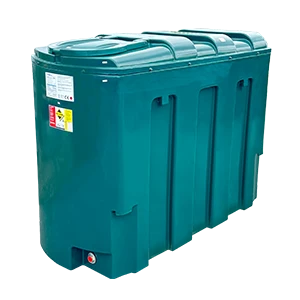
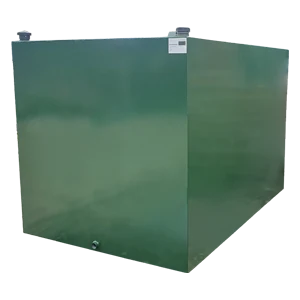
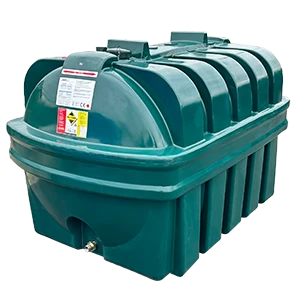

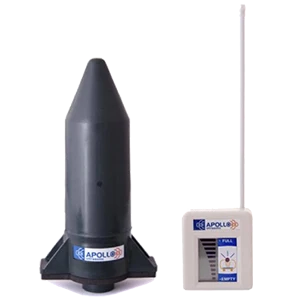





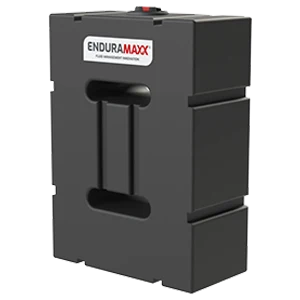
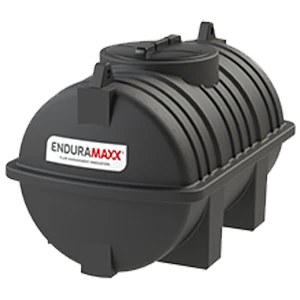
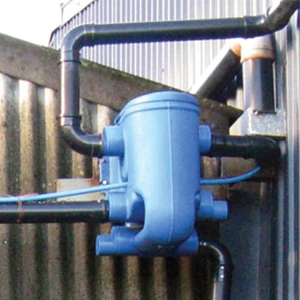
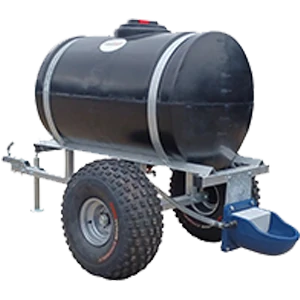
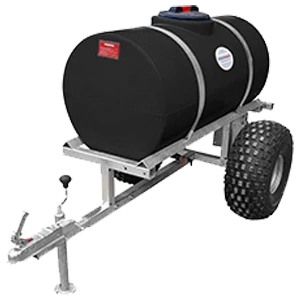


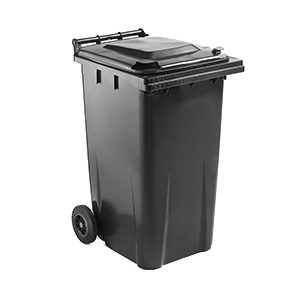

Share This: